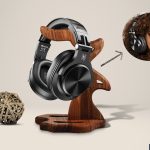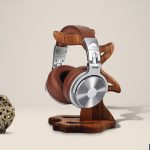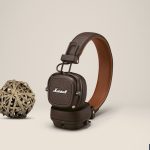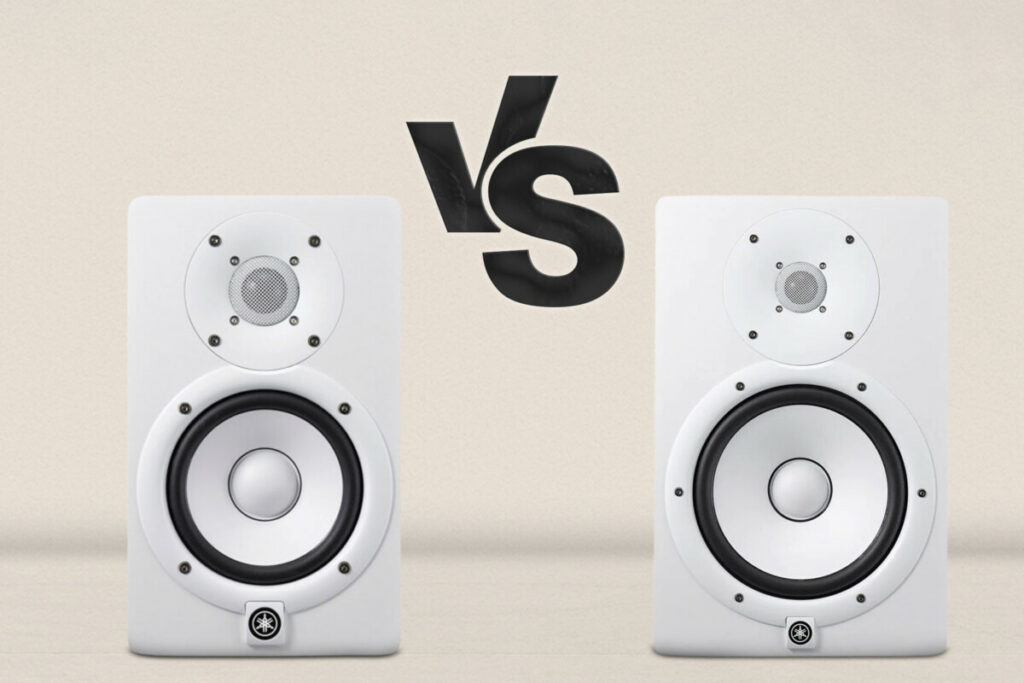
Are you trying to decide between the Yamaha HS5 and the Yamaha HS8? If so, then you’ve come to the right place. Both of these monitors offer great sound quality, but they also have several key differences that make one better suited for certain aplications than another.
In this article, well compare both models side by side and provide an analysis of their features, performance and capabilities in order to help you make an informed decision about which one is right for your needs. So let’s dive in!
Overview Of Yamaha HS5 And Yamaha HS8
Before getting to the main comparison, I want to share with you an overall information about these two studio monitors that offer amazing features overall!
Yamaha HS5
The Yamaha HS5 is a two-way powered monitor that ofers a flat frequency response, allowing you to hear your mix accurately. It features an 8” woofer and 1” tweeter, along with 70 wats of power for plenty of headroom.
The design also includes an optimized bass reflex port for improved low end performance, and it is considered to be one of the greatest monitors, especially for voice over.
Yamaha HS8
The Yamaha HS8 is a larger version of the popular HS series monitors from the company, featuring an 8” woofer and 1” tweeter as well as 75 watts of power. This model has been designed with advanced acoustic technologies such as room control and hightrim response controls to help you create the perfect sound in any environment.
Aditionally, it comes with XLR balanced inputs for conecting professional audio equipment, and by the way, XLR connectors are some of the most commonly used types of audio connector with studio monitors.
Overall, both models offer great sound quality but have their own unique advantages depending on what type of application they are being used for.
The smaler size and lighter weight make the YamahaHS5 ideal for home studios or other small spaces while its biger brother might be better suited if you need more power or greater acuracy in your mixes due to its aditional features and increased wattage.
Yamaha HS5 Vs. Yamaha HS8: In-Depth Comparison
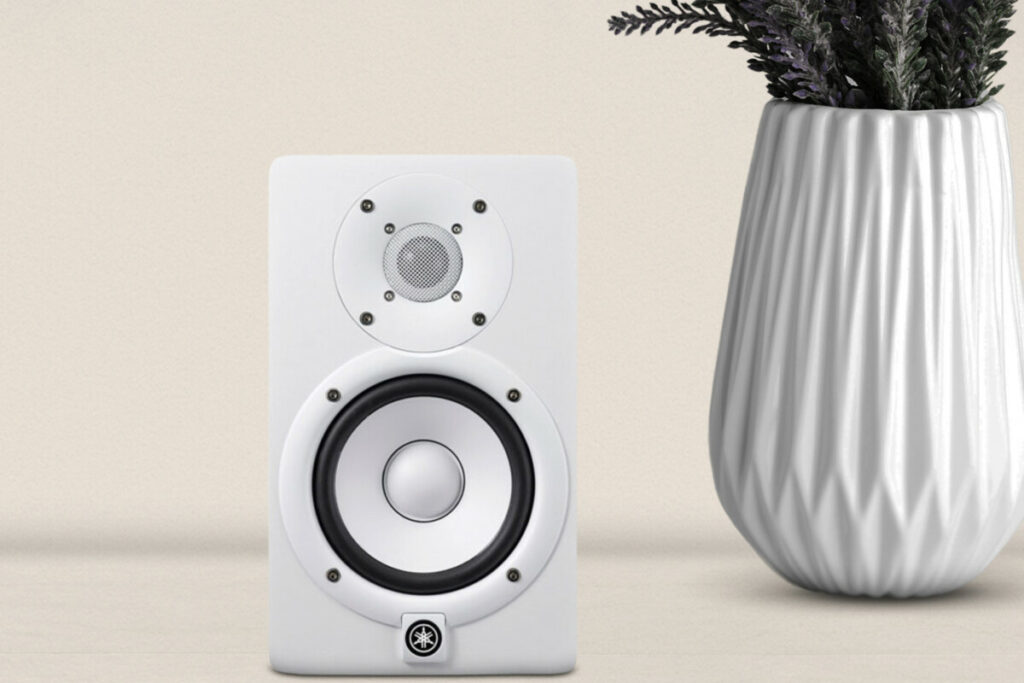
Yamaha HS5 and HS8 are two popular models of studio monitor speakers produced by Yamaha. They are both designed for profesional studio use, with the goal of providing accurate sound reproduction. However, there are several key differences between the two models that set them apart.
Size
First, size is a significant diference between the two models. The Yamaha HS8 is a larger speaker, with an 8 inch woofer, compared to the HS5, which has a 5 inch woofer. This means that the HS8 is capable of producing more loWend frequency than the HS5, but it also means that it takes up more space in your studio. Aditionally, the HS8 is also heavier than the HS5, which can be a factor to consider if you plan on moving your speakers around freqently.
Frequency Response
Another key diference between the two models is their frequency response range. The Yamaha HS8 has a broader frequency response range, with 38Hz – 30kHz, compared to the HS5, which has a slightly narrower range of 54Hz – 30kHz. This means that the HS8 is capable of reproducing a wider range of frequencies, providing a more complete and acurate representation of the sound.
Power
Power is another important factor to consider when choosing between the Yamaha HS5 and HS8. The HS8 has a higher power handling capablity, with 120W compared to 70W for the HS5. This means that the HS8 is capable of handling higher volume levels and producing more overal sound output.
Sound Pressure Level
Sound Pressure Level (SPL) is another key factor in choosing a studio monitor speaker. The Yamaha HS8 has a higher SPL, with 114dB, compared to 106dB for the HS5. This means that the HS8 is capable of producing a louder sound, which can be beneficial in larger studios or when working with loud sources.
Price
Finally, price is also a factor to consider when chosing between the Yamaha HS5 and HS8. The HS8 is more expensive than the HS5, which may be a limiting factor for some users who are working within a budget.
If you need a larger and more powerful speaker with a broader frequency response range and higher SPL, the HS8 may be a better choice. However, if you have limited space and budget, the HS5 may be a more suitable option.
Pros And Cons For Each Model
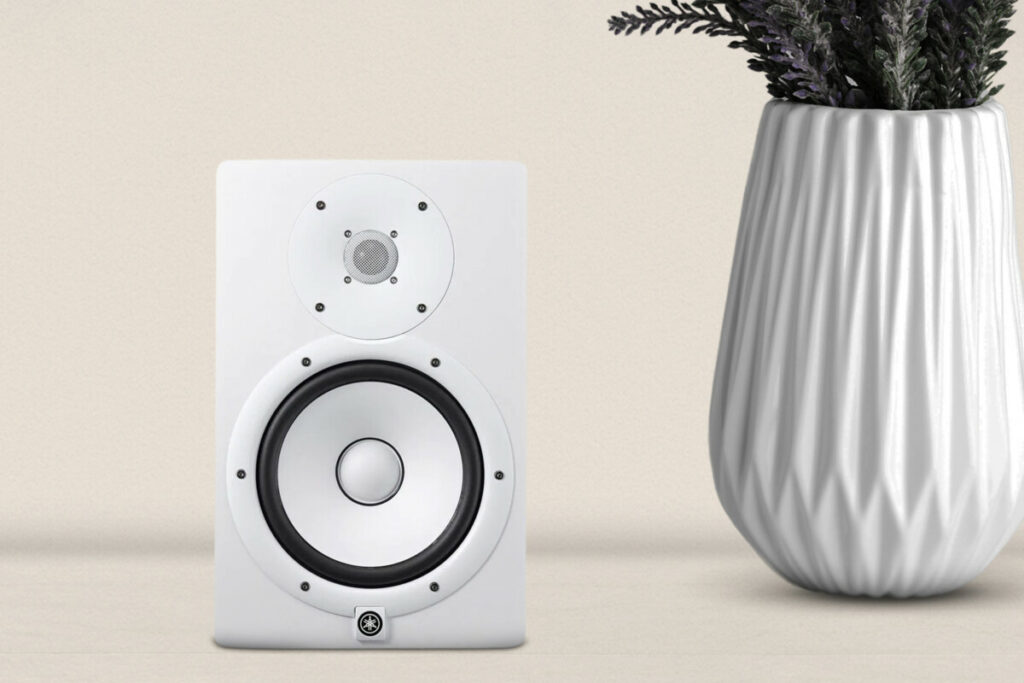
Now that you know some of the most common things where these two studio monitors from Yamaha differ, I think it is important to have in mind the pros and cons each of them have, because there is no such thing as no pros and cons!
Yamaha HS5
Pros: The Yamaha HS5 has a compact size and light weight that make it great for smaler spaces, the flat frequency response alows you to hear your mix accurately, and there’s the optimized bass reflex port for improved low end performance.
Cons: In terms of cons, you will have to deal with only 70 watts of power, so may not be suitable for larger studios or venues.
Yamaha HS8
Pros: Differing from HS5, the HS8 monitors works with 75 watts of power and provides plenty of headroom and powerful sound, it owns advanced acoustic technologies such as room control and high trim response controls help create the perfect sound in any environment, and also, there are the XLR balanced inputs allow conection with professional audio equipment.
Cons: When it comes to the cons, you will find the Yamaha HS8 larger in size and heavier in weight that make it less suited for smaller spaces.
Conclusion
After all, both the studio monitors, Yamaha HS5 and Yamaha HS8, come from the brand Yamaha which is a definite beast when it comes to sound in general, and there is nothing better than choosing them.
Still, you may want to consider the fact that Yamaha HS8 is quite an improvement to the HS5 as it is launched after and has more “modern” features, if I might say so. You should also know that in between the Yamaha HS5 and HS8 stands the HS7 studio monitor, and you may want to see the Yamaha HS5 compared to the HS7.
I hope you liked what you read thus far, and I hope this article provided you with everything you needed to know!
Sound Technician
I’m a sound technician, ensuring that your events and shows are heard loud and clear. Crafting audio broadcasts, studio recordings, and live mixes with finesse to provide the best quality sound experience.

